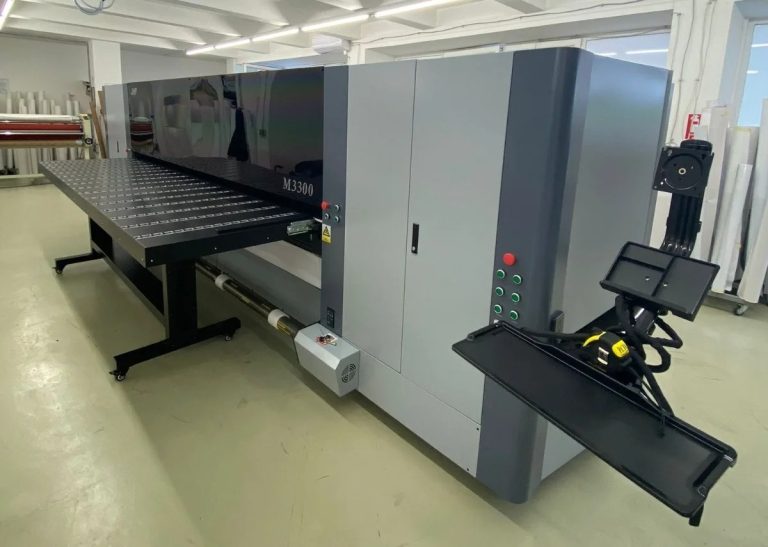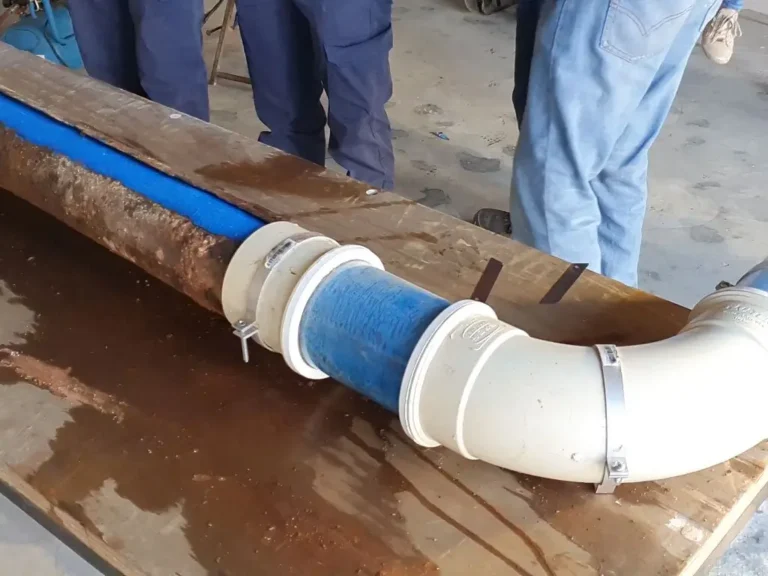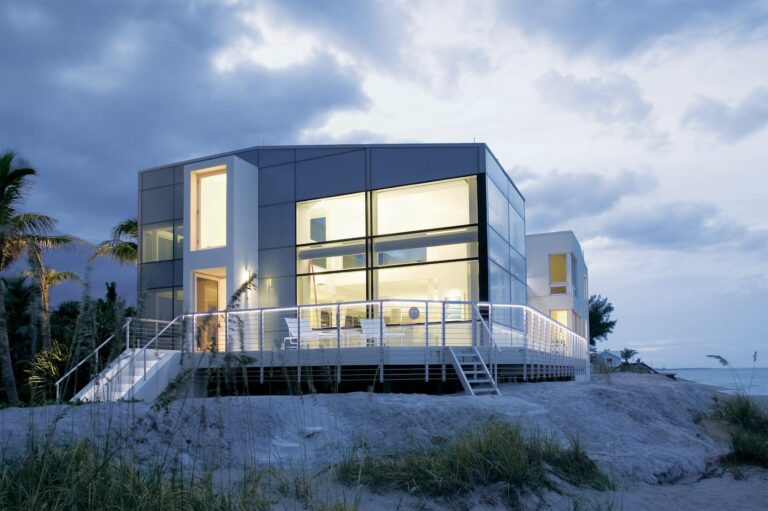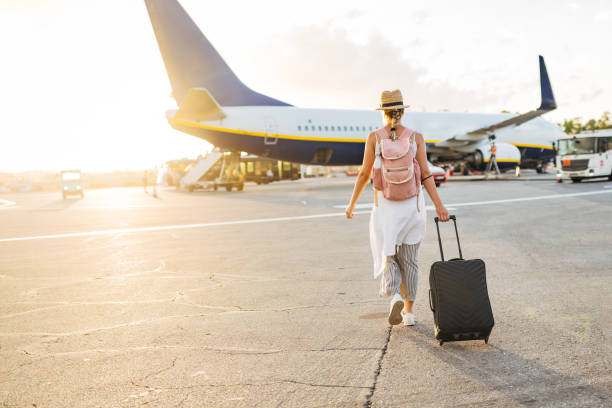
A female tourist walks towards the plane on the runway, dragging personal luggage behind her and carrying a backpack on her back
10 Tips for Traveling with Incontinence: Stay Comfortable on the Go
Traveling can be a great experience, even though it can cause tension and anxiety for individuals with incontinence. The fear of unexpected accidents, finding suitable restrooms, and managing supplies can make trips daunting. Still, traveling with incontinence may be under control and even fun with the proper planning and techniques. This guide has compiled ten tips for traveling with incontinence.
1.Plan Your Route and Schedule Restroom Breaks
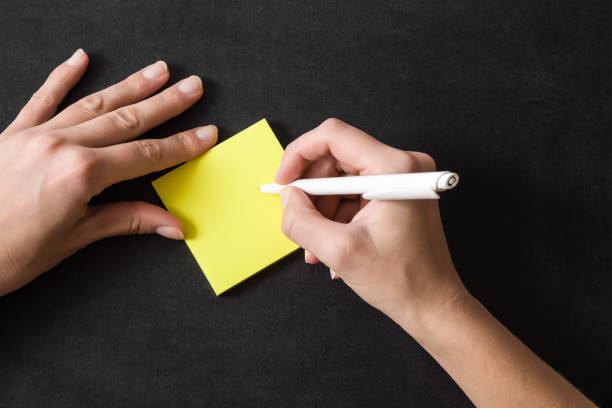
Careful route planning is one of the best strategies for controlling incontinence when traveling. Research your location and note areas with readily available bathrooms. Use apps and maps to find rest places, petrol stations, and restaurants with hygienic amenities along your road when driving. Additionally, consider packing essential items like bed pads to ensure comfort and hygiene during overnight stays.
If you are flying, become acquainted with the airport’s layout and pay attention to the toilet positions close to your gate. Hotels with en-suite bathrooms should be prioritized when arranging lodging to guarantee convenience and solitude. Making a calendar with frequent bathroom breaks will help you stay on target, lower anxiety, and avoid mishaps throughout your trip.
2.Pack Adequate Supplies
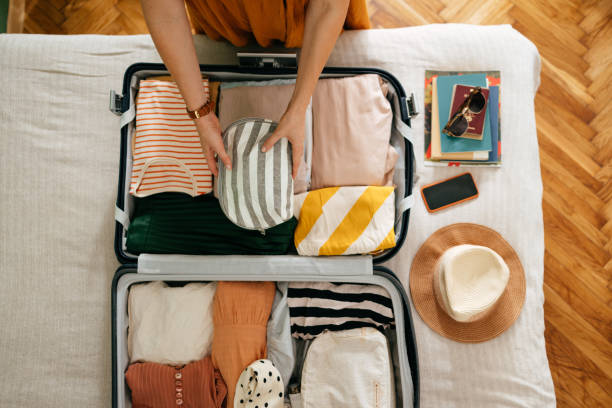
Traveling with incontinence demands having the right tools on hand. Pack adequate incontinence goods, including pads, liners, and premium diapers like Adult Depends, to last the whole trip, plus a few extra days for emergencies. Along with incontinence items, bring wipes, throw-away bags, and a travel change of clothes.
Also, consider packing a portable toilet or urinal for long trips or sites with restricted bathroom access.
3.Wear Comfortable and Protective Clothing
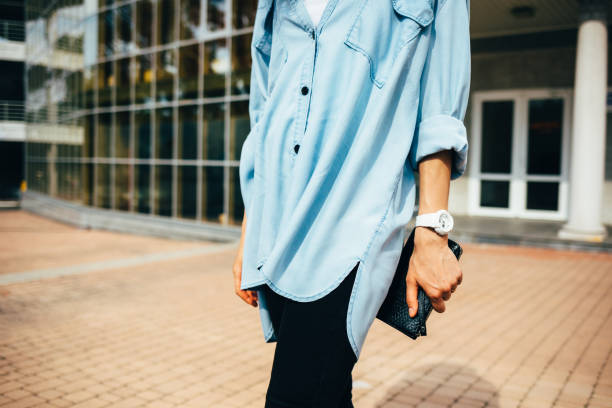
When traveling with incontinence, your clothes can affect comfort and confidence. So, choose breathable, loose-fitting garments that reduce discomfort and allow easy mobility. Dark clothes might also help hide any unintentional leaks.
For further protection, wear absorbent underwear or incontinence briefs. Layering your clothing can also provide an extra barrier and allow you to adjust to changing temperatures. Steer clear of tight belts or waistbands since they can pressure your bladder.
4.Stay Hydrated, But Manage Fluid Intake
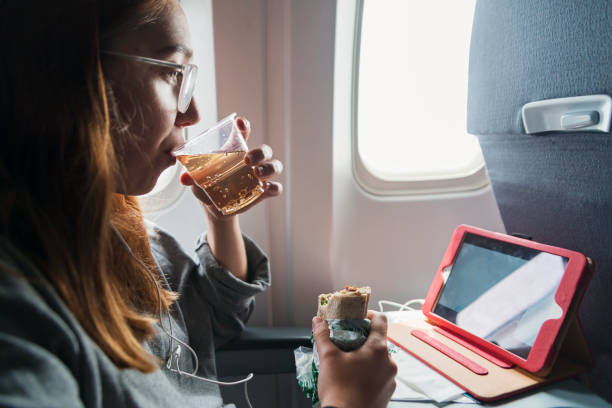
Although general health depends on staying hydrated, it is advisable to control fluid intake when traveling with incontinence. Dehydration can irritate the bladder and increase the risk of infections, so don’t avoid drinking fluids altogether. Instead, plan your fluid intake to coincide with your toilet breaks.
Rather than everything at once, drink small amounts constantly. Avoid alcohol and coffee, as they act as diuretics and raise urine frequency. Herbal teas and water are good options for staying hydrated without aggravating incontinence symptoms.
5.Use Technology to Your Advantage
When flying with incontinence, technology can be a great friend. Several apps help manage fluid intake, find public restrooms, and check your bladder health. Some apps offer maps and reviews of surrounding bathrooms, facilitating the search for hygienic, easily accessible facilities on demand.
Using technology to plan and manage your needs can enhance your travel experience and give you greater control over your condition.
6.Communicate with Your Travel Companions
Stress-free travel depends on open communication with your travel mates. Tell them about your illness and any particular needs you could have. This will let them know whether you must stop often or exercise a few precautions.
Travel companions who are sympathetic and empathetic might help you relax and offer emotional support. If you are traveling alone, consider joining a travel club for others with similar circumstances. Your comfort and confidence when traveling will improve if you know people are aware of your circumstances and ready to assist.
7.Practice Pelvic Floor Exercises For Incontinence

Exercises designed to strengthen your pelvic floor muscles help to manage bladder output and ease incontinence symptoms. Add pelvic floor exercises, including Kegels, to your daily regimen before your trip. These workouts will help you stay under control on long trips and if locating a toilet is difficult.
However, see your doctor for advice on proper workouts for your ailment and performance techniques.
8.Be Mindful of Your Diet For Incontinence
Your diet will influence your bladder health and incontinence problems. So, keep a balanced diet and avoid bladder irritants when traveling. Artificial sweeteners, acidic fruits, and spicy foods might upset the bladder and boost urinating needs.
Further, choose bladder-friendly foods—whole grains, lean meats, and veggies. Eating smaller meals helps control your bladder and avoid overflowing it.
Traveling with an awareness of your nutrition might help you control incontinence more successfully and lessen discomfort.
9.Stay Relaxed and Manage Stress
Traveling can be challenging, and stress might aggravate incontinence problems. Practice yoga, meditation, or deep breathing to stay calm and focused. Plan your trip to incorporate rest and avoid overscheduling.
Also, engage in leisure activities you enjoy, which help you relax. Effective stress management can enhance your general health and enable you to manage incontinence more easily.

10.Seek Medical Advice Regarding Incontinence
See your doctor about your incontinence control strategy before starting your trip. They can offer specific recommendations for therapies or drugs that might be beneficial. Should you have regular or severe symptoms, your doctor may recommend treatments, including bladder training or changes in medication.
Conclusion
With these ten tips for traveling with incontinence, you can stay comfortable and confident and enjoy your journey without holding back. Embrace the adventure and make the most of your travels.



